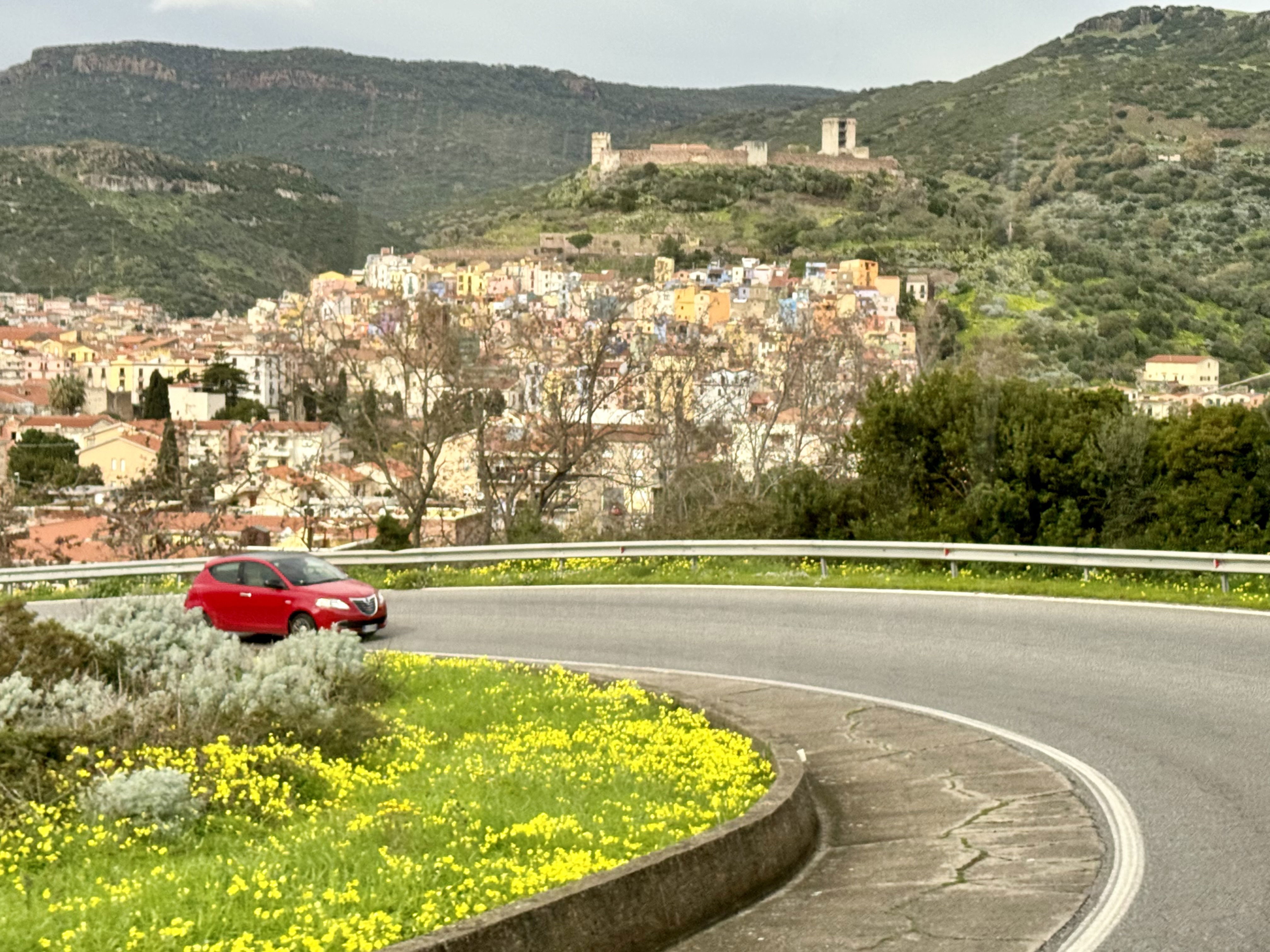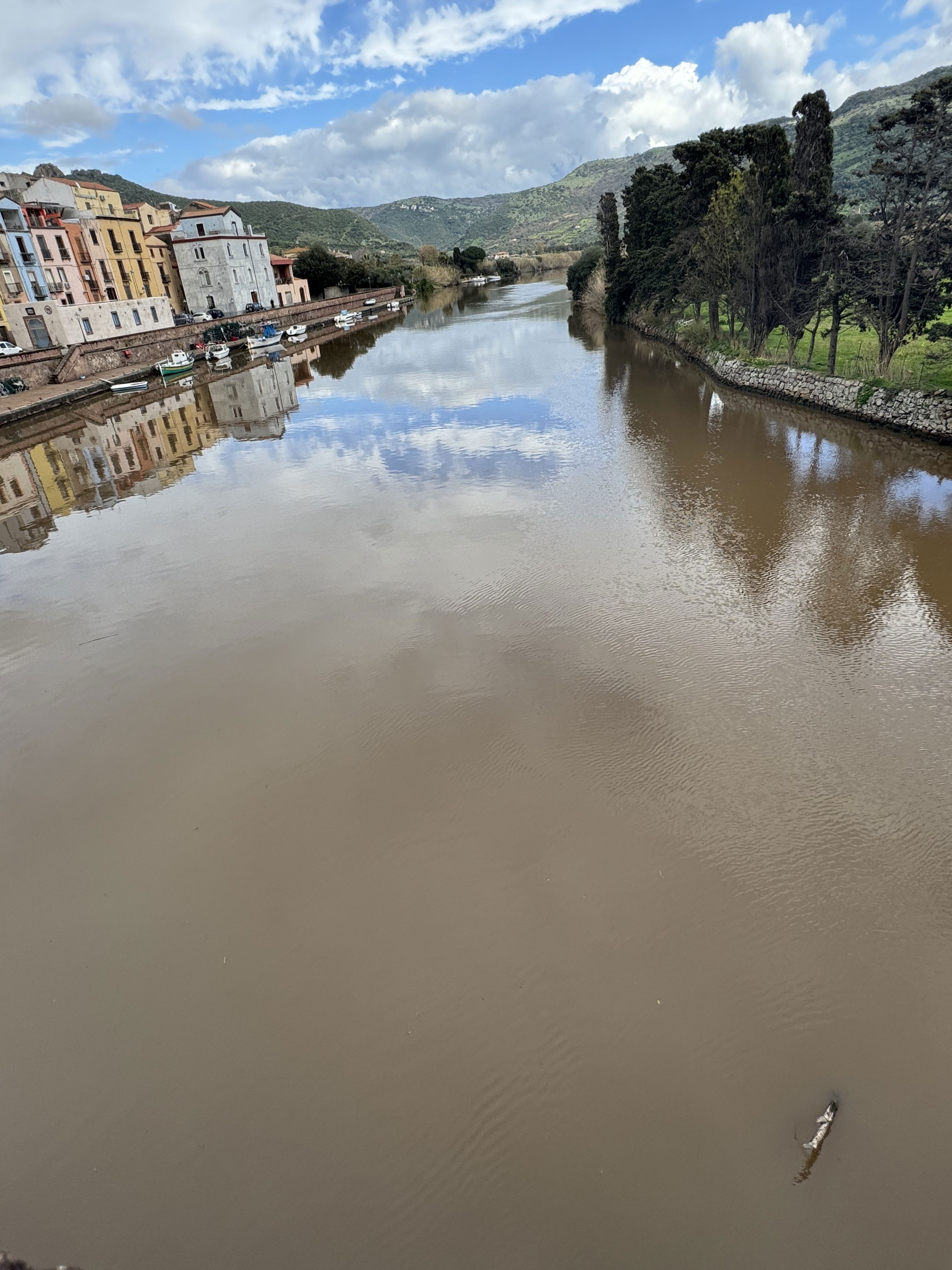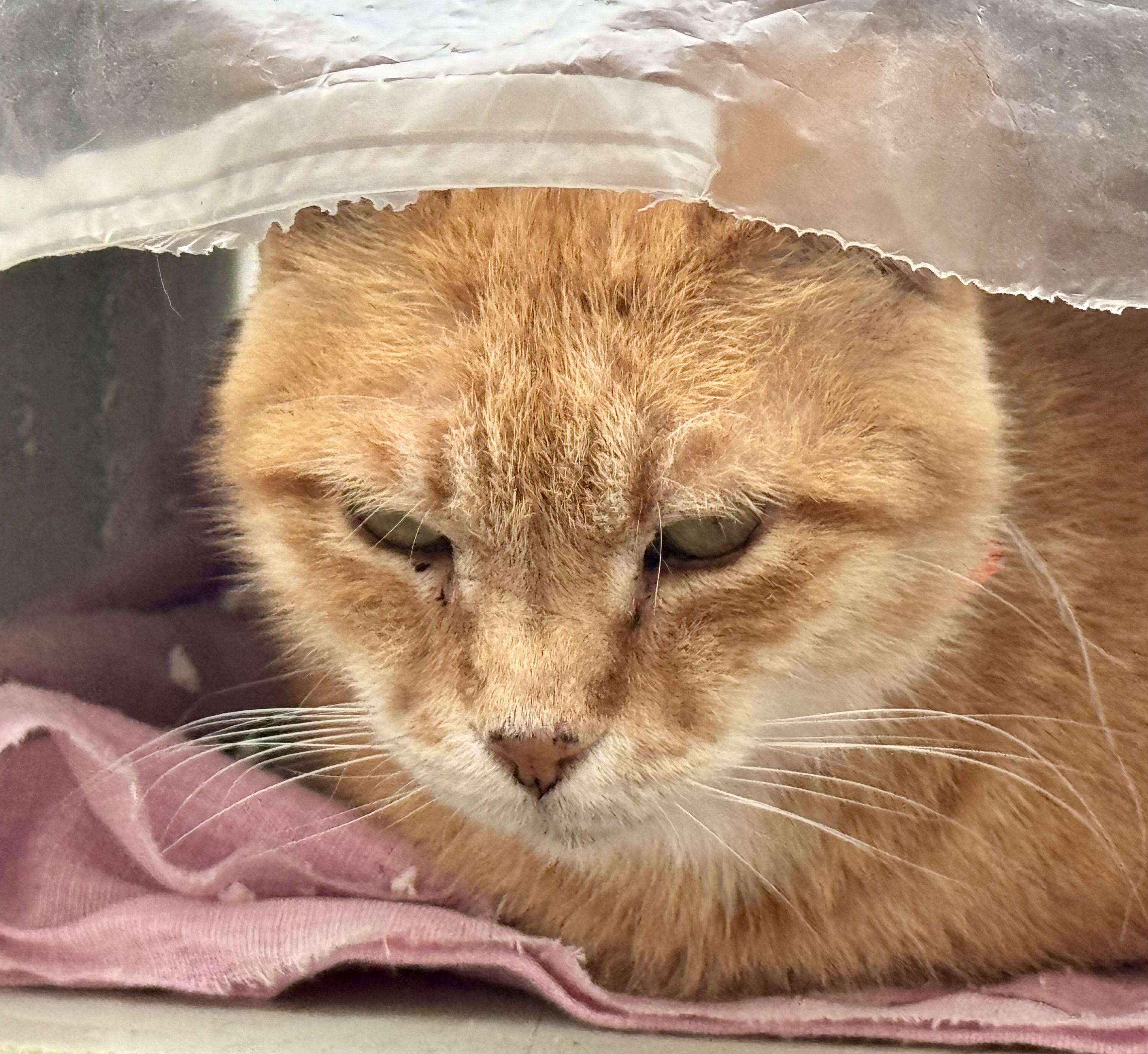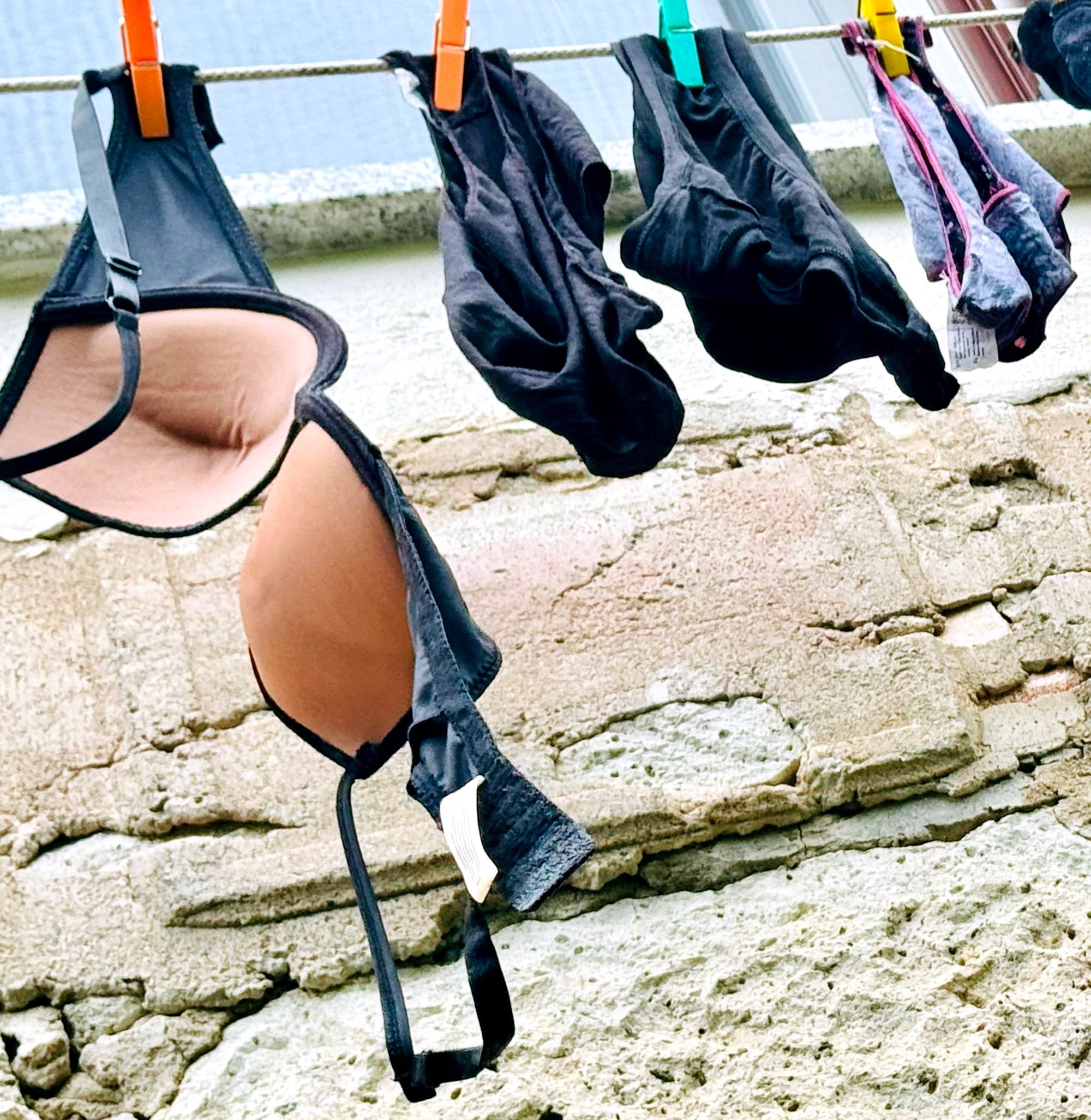Italy, Whispers of Sardinia— From Cagliari's Urban Elegance to Bosa's Pastel-Painted Tranquility

A crucial lesson quickly surfaced – plan ahead! Securing flight tickets well in advance significantly slashed costs, a stark contrast to the exorbitant last-minute rates. Especially flying to and from Sardinia! Although my spontaneity tempted me towards a ferry journey, fate had other plans, as all spaces were fully booked, unless I would postpone my adventure by a few days.
Embarking on my Sardinian adventure kicked off with a late arrival at Cagliari Elmas Airport, journeying from Palermo via Rome. The transition from Palermo was unmistakable, and despite the weariness from flight delays, the train ride into the city and my walk to a snug "urban" B&B transformed the mood into a wholly positive experience. Surprisingly, even in the silence of late-night streets, I felt safe and oriented.
Cagliari, a city with a population of 478,000 has managed to kept its charm by being impeccable clean, well-kept old town streets, the historic Castello district with its medieval allure, and strategically dotted small eateries and cafés.


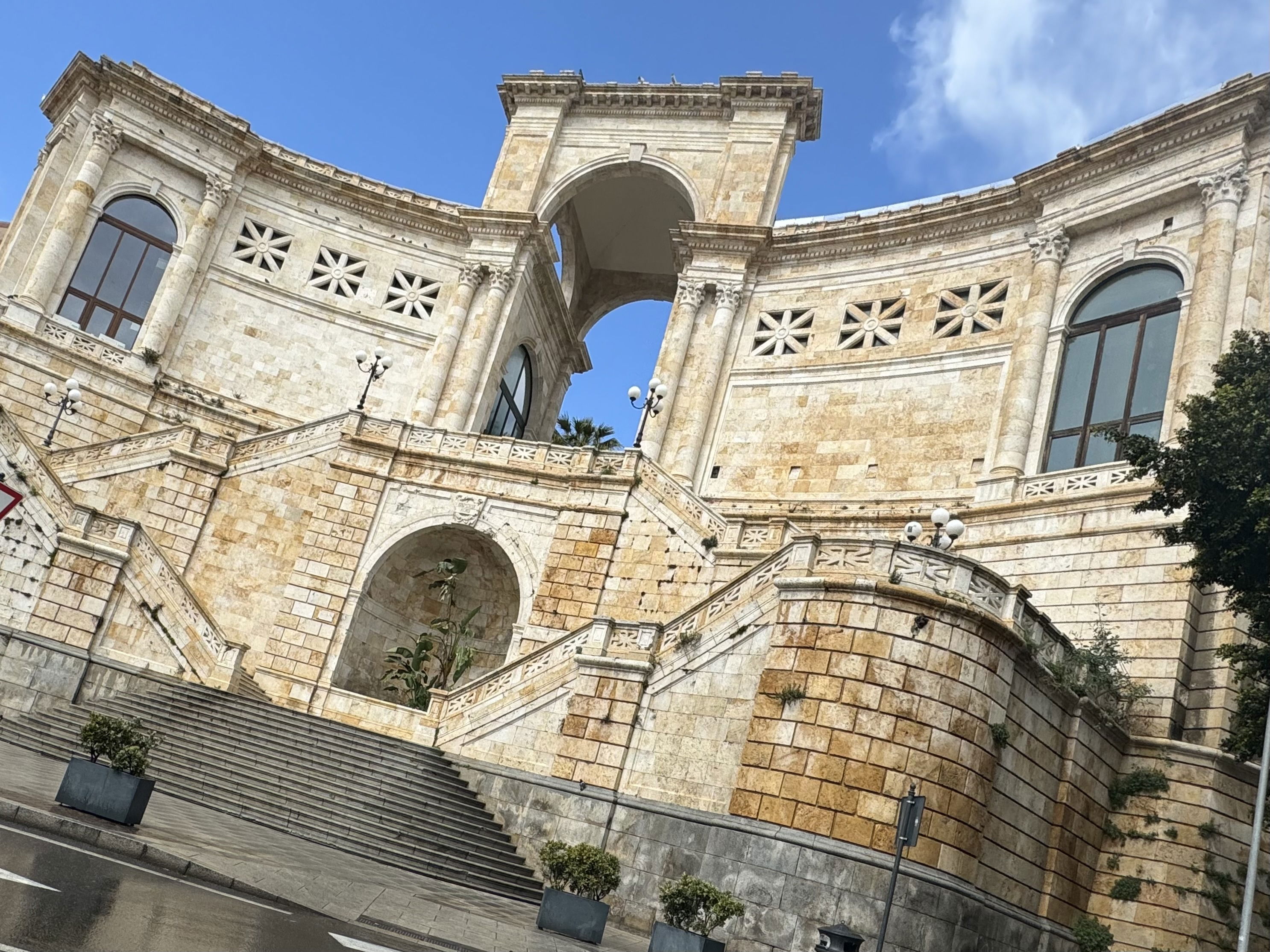

Here in Cagliari, I found that graffiti has seamlessly become a part of the visual landscape, appreciated and integral to the city's artistic tapestry.
It's not just spray-painted images on walls; it's an embraced form of artistic expression.
While strolling through the city, I discovered a remarkable acknowledgment of graffiti as a legitimate art form. An extensive alley, Via Sansaturino, stretching nearly a kilometer, transformed into an expansive canvas for self-expression. This vibrant display featured captivating pieces that, in my recent encounters, surpassed the standards of traditional gallery works. Now, let me throw in my two cents. In Cagliari, graffiti isn't merely spray-painted images on walls; here it's as if there is recognition for this form of artistic expression. I couldn't help but wonder if graffiti has evolved into a recognized art form, and it seems that Italian society tolerates this more than others. Art has always been a dynamic and relevant way to express yourself, and graffiti, with its naive charm, thrives on accessibility, breaking free from the confines of exclusive gallery walls that limit appreciation to a privileged few. Could this signify a bit of a societal shake-up?
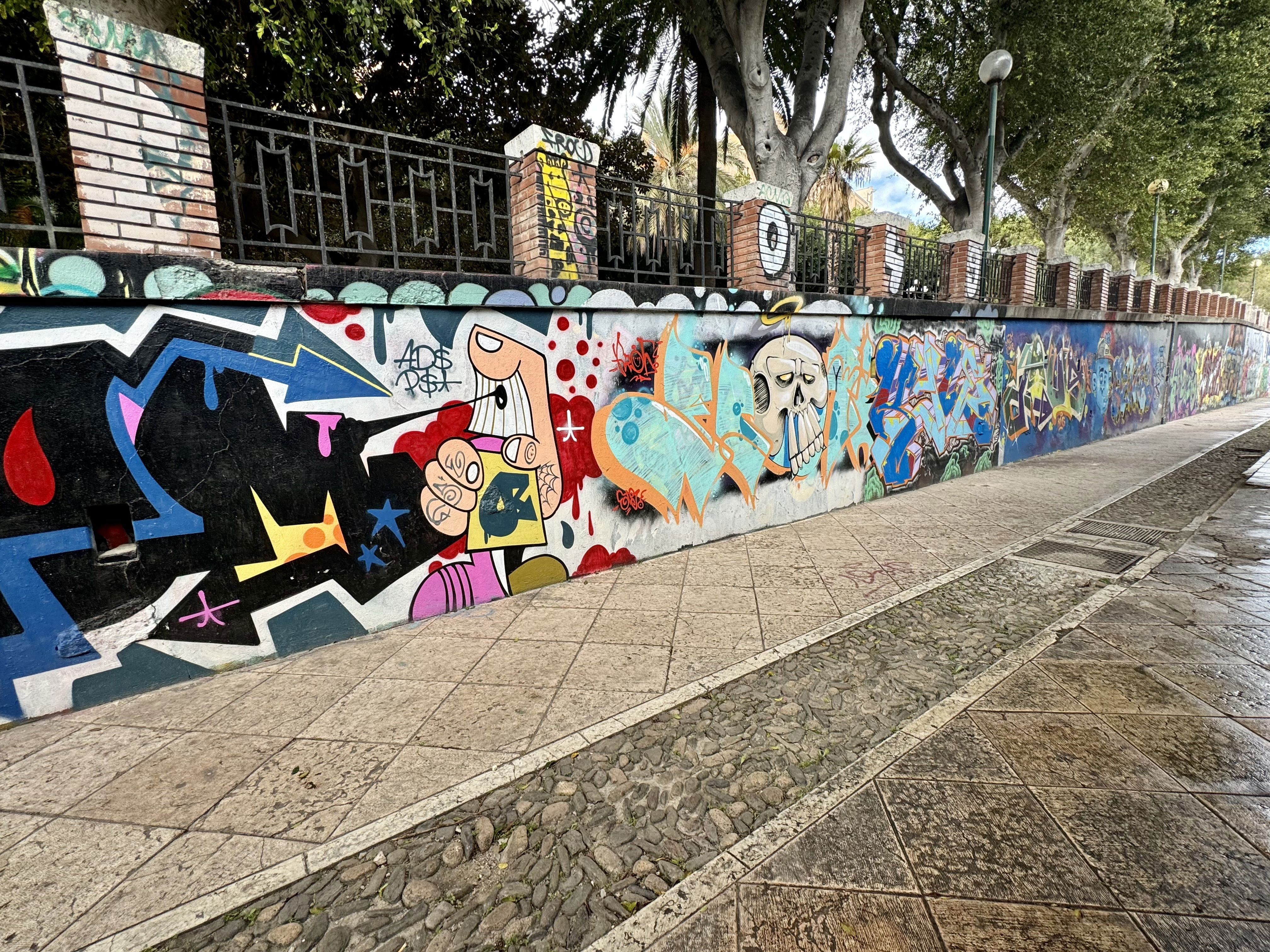
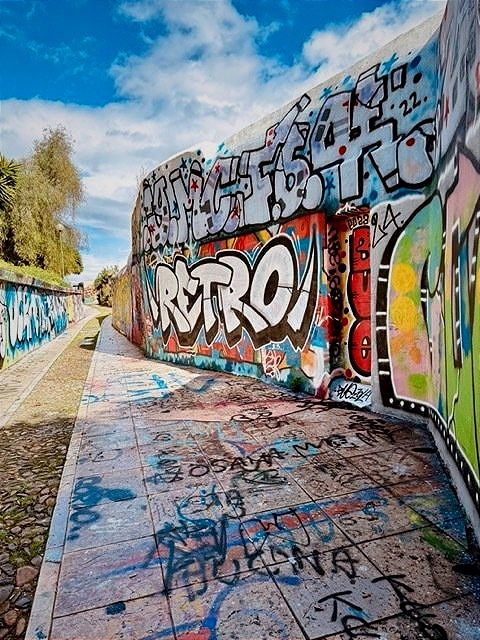
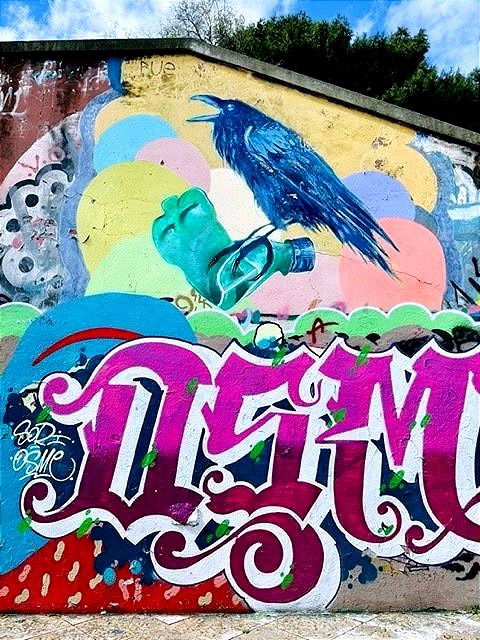
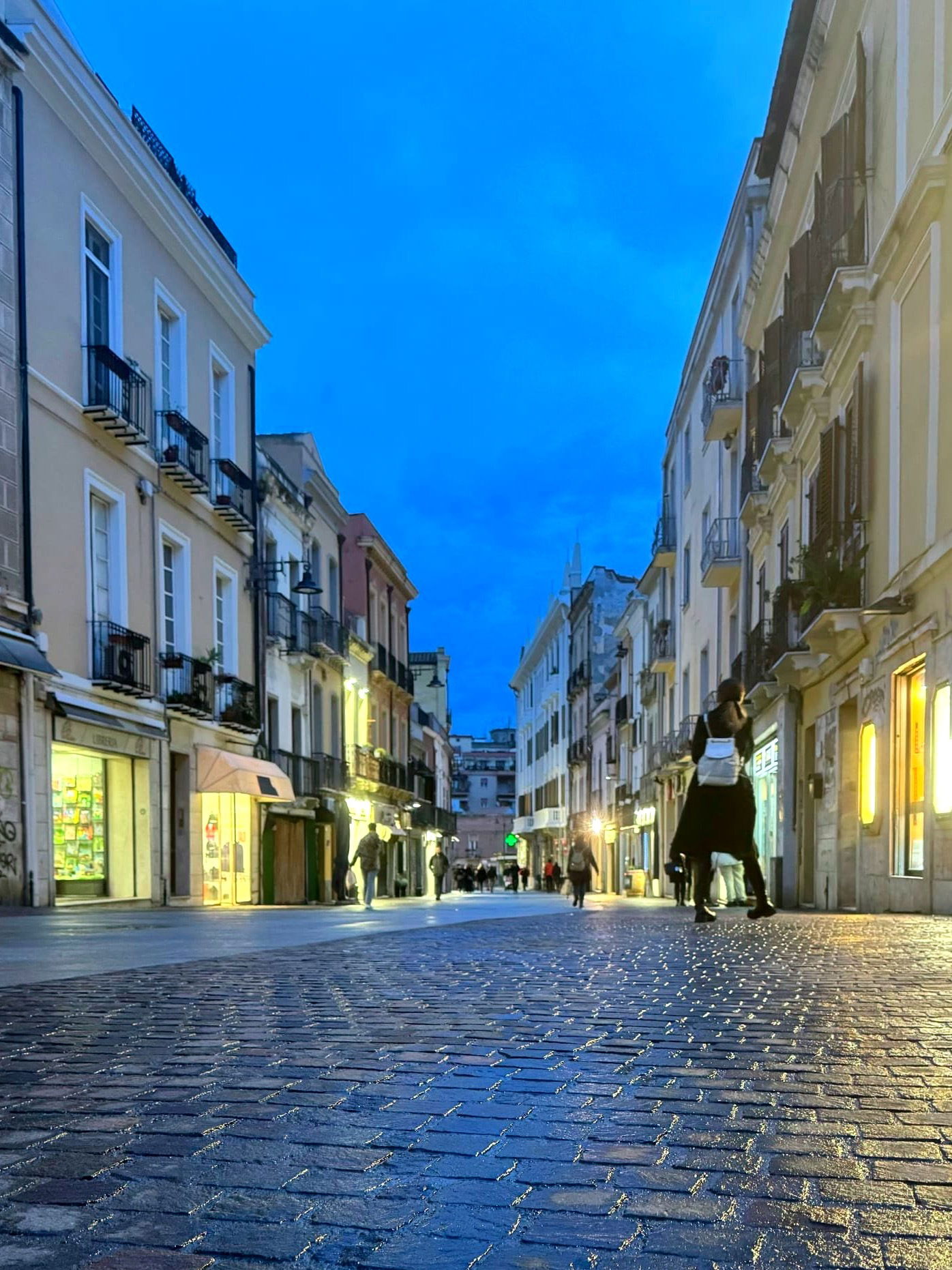
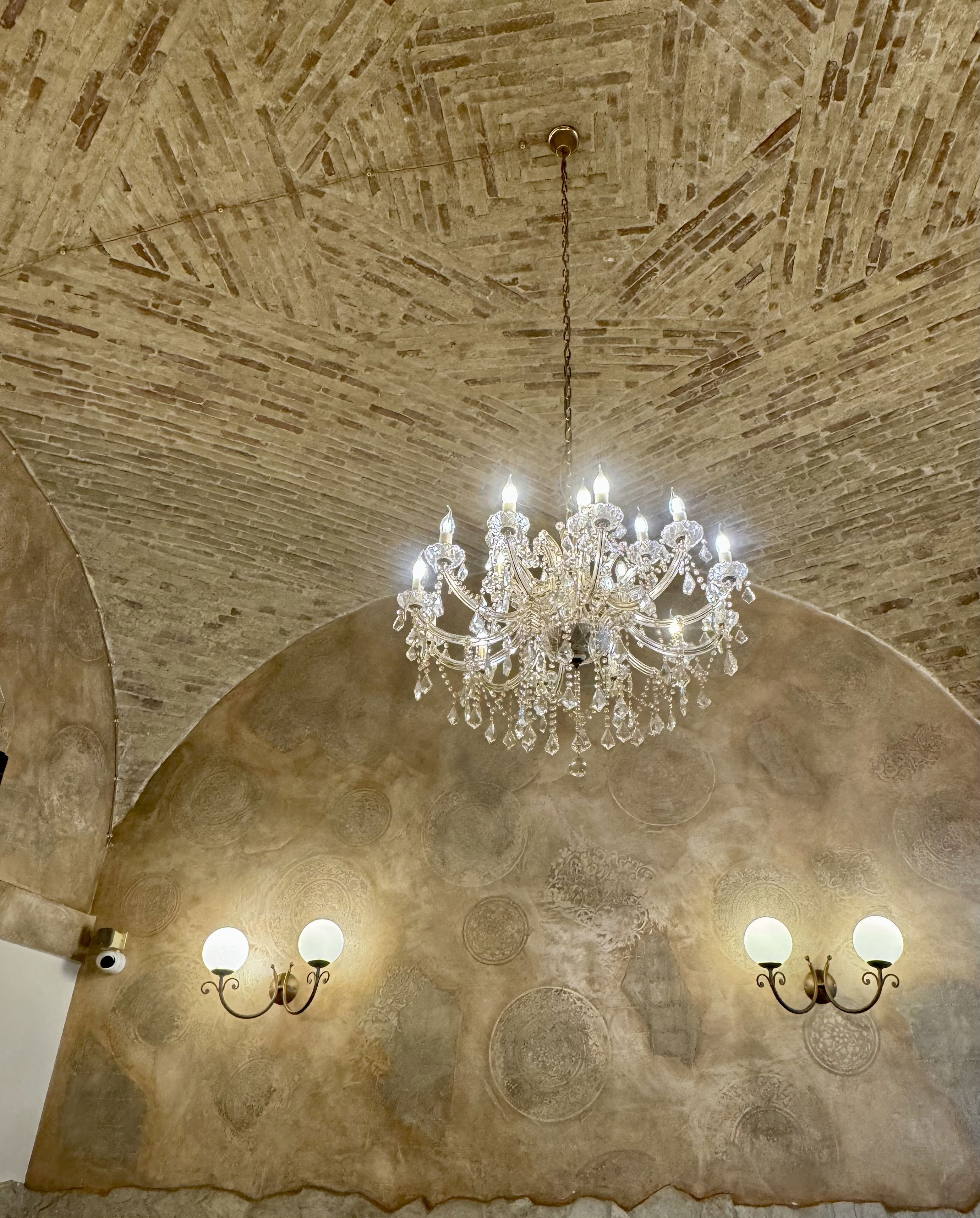
My first day was the tourist route, then I gained the confidence to delve deeper on the second day. Cagliari's rich history, influenced by Phoenicians, Carthaginians, Romans, and Byzantines, kept me captivated. Despite the less-than-ideal weather, I treated myself to a late lunch at Antigo Café (1855), a historic gem. The winter months, focused more on locals than tourists, provided a unique experience, allowing me to quietly observe everyday life in the city.
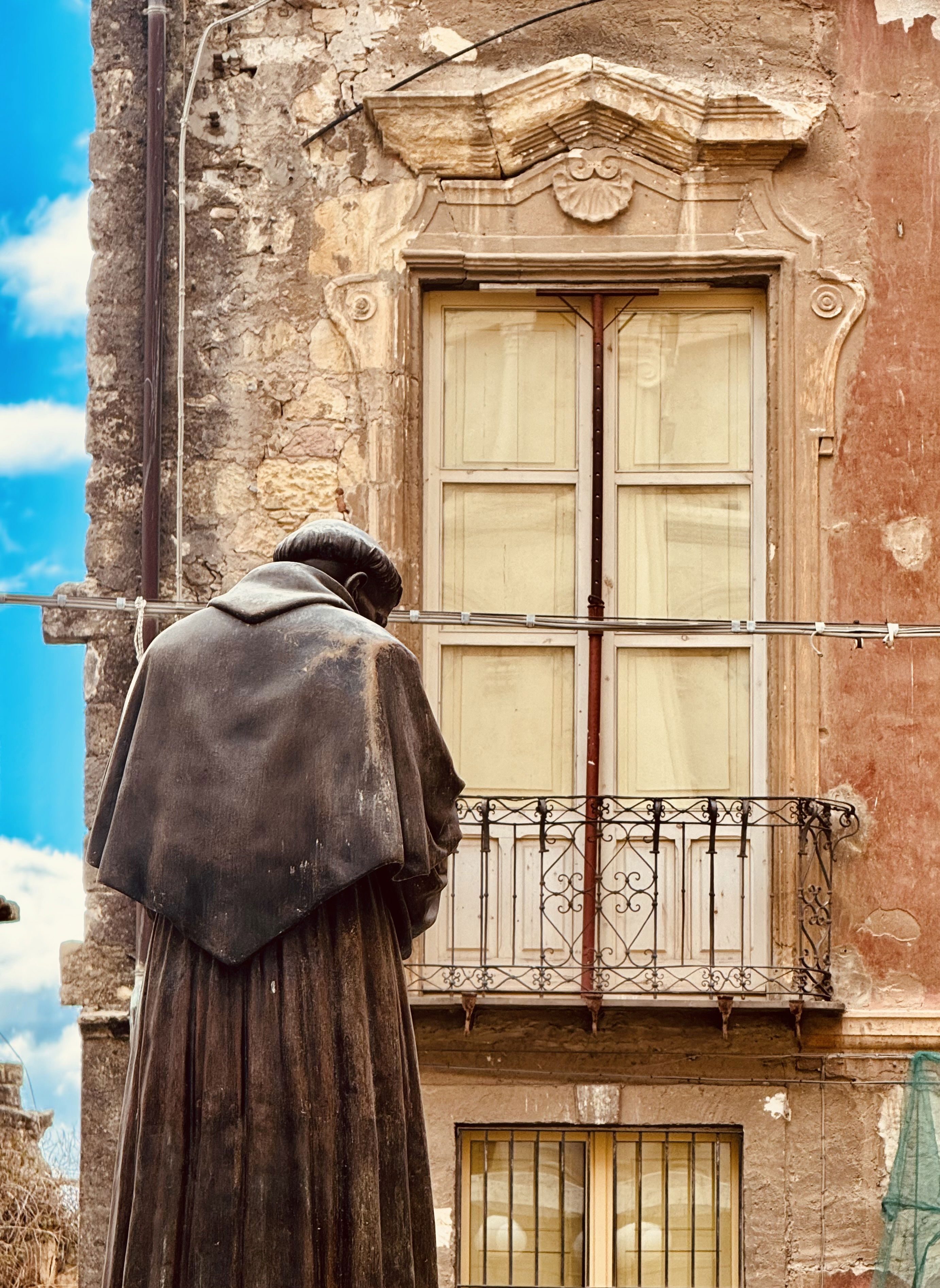
Reluctant to bid farewell to the sanctuary of Cagliari, I lingered, exploring shops, pottery studios, and witnessing the transformation of an old house into a new spa and retreat. In conclusion: Cagliari is a city for all seasons, inviting solo travelers in winter, summer, or spring. Just do it!
After contemplation, I hopped on a bus to Bosa, a village with around 40,000 residents (though it felt like even fewer). The bus route delivered exactly what I expected – beautiful farm landscapes with expanded skies. Sardinia's sky, like the Masai Mara's, seems vast and limitless, a canvas painted by the gods with thunderous hues. It's a jaw-dropping beauty that defies description.
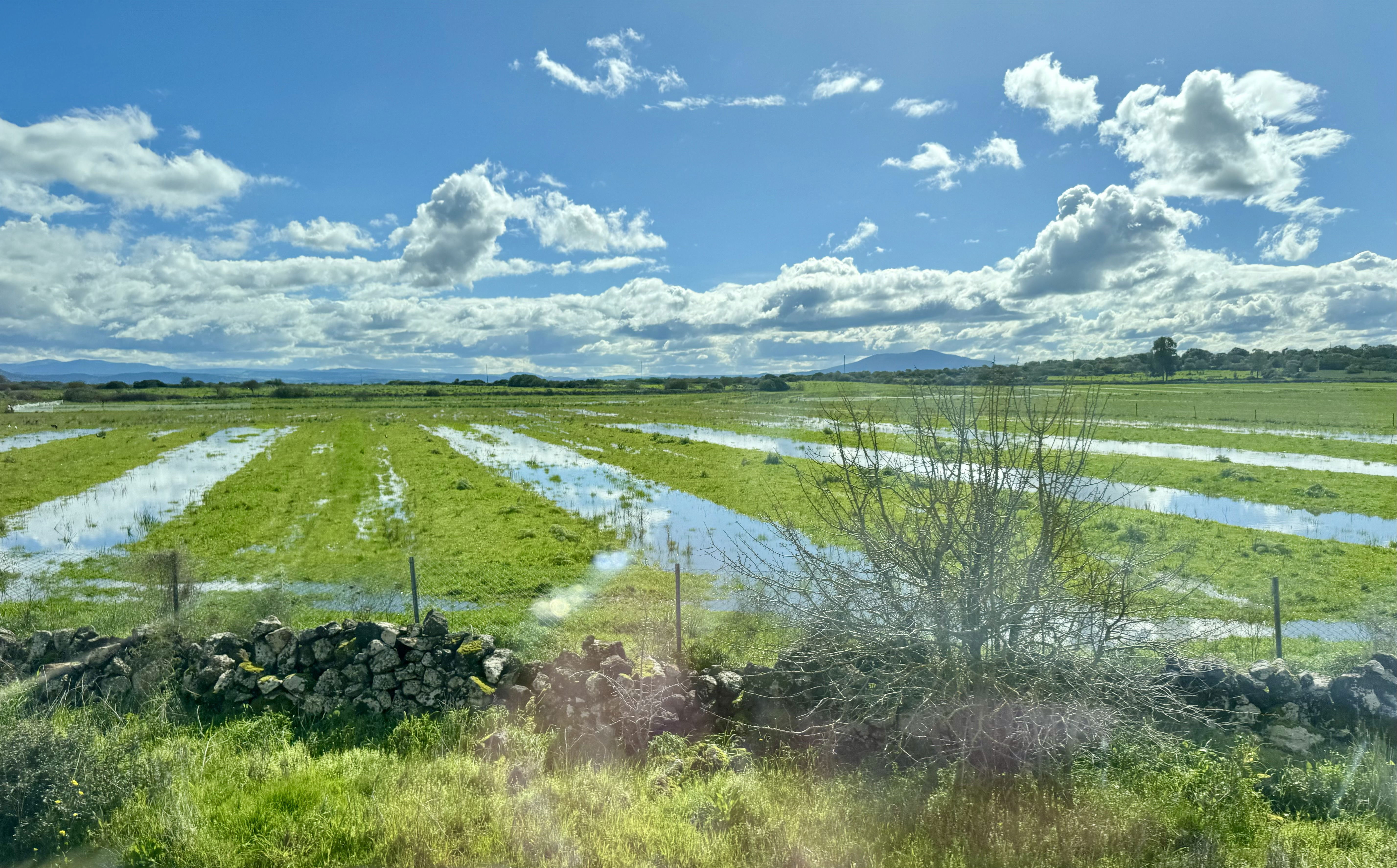



Arriving at the wrong bus stop, Bosa Marina, led to a picturesque 2.4 km stroll back to Bosa Central, with the mountain on one side and the river on the other. Crossing the Temo river over the medieval Sa Costa Bridge that connects the old and new parts of Bosa I entered a laid-back atmosphere and tranquility that made me feel, for the first time, that I could settle somewhere else than my beloved Africa.
Bosa, nestled by the Temo River, boasts the watchful Malaspina Castle dating back to the 12th century. The hill below, a living patchwork of colors, whispering tales of countless sunsets, laughter-filled gatherings (Coffee and Grappa moments), and the ebb and flow of everyday life. These aren't pretentious hues; they're lived-in, faded, each with its own story. Bosa is a leisurely stroll through history, where authenticity, not rushed renovations, steals the show.
Alas, reality set in. Those beautiful pastel-colored houses, tall and thin, mostly three stories high, come with a price tag that could buy me a small farm in South Africa's Karoo. I realized, being an Africa-girl: size does matter, and this luxury item comes with a hefty price tag in Europe. And we in Africa take that for granted. Bosa made me realize – I need space.
